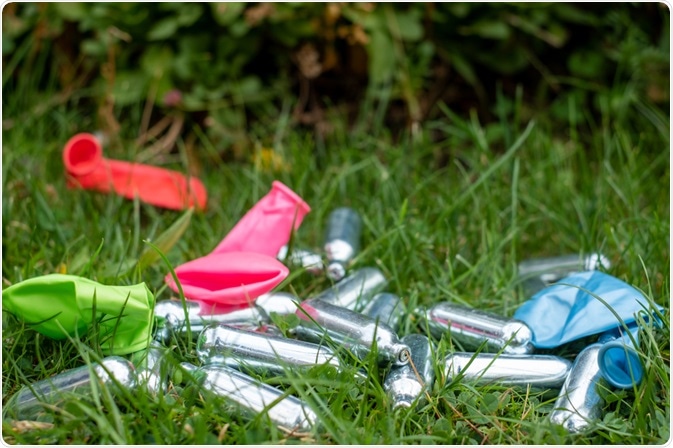New psychoactive substances (NPS), also known as designer drugs, are a growing problem for law enforcement and customs agencies.

Image Credit:Shutterstock/LoisGoBe
These substances are modified versions of illicit or controlled drugs and intended to mimic their effects but, due to their novelty and unknown chemical structure, they are not listed as controlled substances. As such, they have become known as “legal highs” and are sold in the place of illegal drugs.
In Europe, the number of NPS identified and seized each year is growing. In 2013, there were around 35,000 seizures of NPS, of which synthetic cannabinoids composed the vast majority. Many NPS are manufactured in China and shipped to the European Union (EU), making customs the first point of contact when they arrive in Europe. However, identifying them is extremely challenging because their structure is unknown. Secondly, customs laboratories are typically not equipped with the type of advanced analytical tools needed to characterize a new unknown substance.
In the EU, customs authorities perform routine analysis on unknown substances, but can refer them to the European Commission’s Joint Research Centre for full analytical identification. Reporting in Forensic Science International, a team from the Centre analyzed two unknown substances that were seized by Belgian Customs on their way from China to a buyer. One of the substances was labeled as 5F-AMB, a synthetic cannabinoid, and the other was unlabeled. However, the buyer had intended to purchase Clonazolam, a designer benzodiazepine. These drugs are sometimes taken together to either enhance a “high” or suppress adverse effects. The team set out to fully characterize both samples using an integrated approach with data from multiple modalities.
Initial gas chromatography mass spectrometry (GC-MS) and Fourier Transform infrared (FTIR) spectroscopy were conducted. These approaches are used by customs laboratories and can provide identification if the substance is previously known. The first sample analyzed showed a close match to existing data for 5F-AMB. The second sample was not an exact match for any existing data but did bear some similarity to spectra for the synthetic cannabinoid AB-CHMINACA.
The team then acquired NMR spectra for both samples using a Bruker Avance III HD 600 spectrometer equipped with a 5 mm QCI cryoprobe, allowing for structural elucidation. This was followed up by high-resolution tandem mass-spectrometry (HR-MS/MS), which showed that the mass spectrum was in agreement with the NMR data. The fact that the theoretical structure of the molecule had already been obtained also allowed the team to perform fragmentation matching. Finally, they performed Raman spectroscopy. Combining this data with that from the NMR spectra allowed them to confirm their proposed structure for the two substances.
The team confirmed that the first sample was 5F-AMB. The second was also a synthetic cannabinoid, APP-CHMINACA, or PX-3, and not the benzodiazepine ordered by the buyer. If consumed together, these could have had severe toxic effects, highlighting the danger posed to consumers by NPS, note the team.
The researchers say that the identification of NPS remains a challenge and requires the use of advanced analytical tools. Their case study demonstrates that an integrated strategy with multiple analyses, facilitates the rapid and complete characterization of a new unknown substance. The team says that using this approach they have successfully identified around 100 samples over a two-year period.
End-to-end Solutions of Forensic Drug Testing
Bruker offers the broadest range of analytical techniques used globally in forensic drug analysis by law enforcement today. The portfolio includes benchtop and floor-standing NMR, optical methods like FTIR and Raman spectroscopy and mass spectrometry. This makes Bruker the only end-to-end solution provider with applications tagging into every stage of narcotics identification and quantification, from place of seizure where early detection is key to comprehensive in-depth analysis of new and unknown substances at high-performance forensic laboratories. We enable our customers to generate consistent analytical data for legal proceedings via various orthogonal technologies.
Reference
Vicente JL, Chassaigne H, Holland MV et al. Systematic analytical characterization of new psychoactive substances: A case study. Forensic Science International 2016; 265:107-115.